House music that knows no bounds
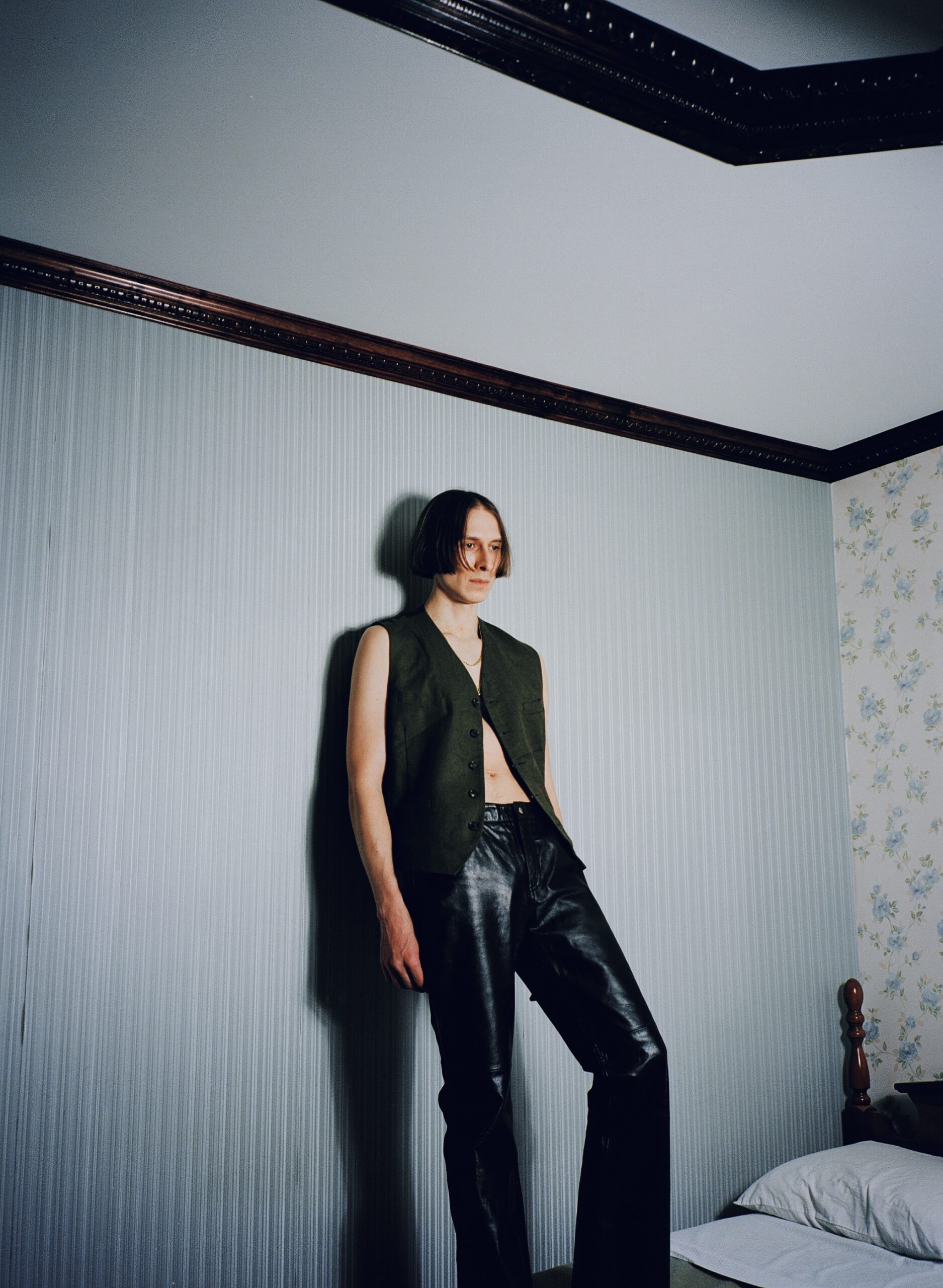
Hailing from Philadelphia and currently based in New York, Baltra has been expanding the horizons of electronic music for the last decade, conjuring a more and more sophisticated, contemplation-driven sound with every step. His latest project Where I End follows the trajectory, as Baltra further blurs the lines between house, techno and skittering breakbeat – all under his signature attention to detail and meditative haze. Catching our attention for the on-repeat Glamcult Radical Tracks, we had to follow up and learn more about the artist’s vision.
Hey, great to meet you! Your sound has been described as ‘rich in melancholy and romance.’ Tell me what draws you to this emotionality and how you manage to interweave it into electronic genres?
I consider myself to be quite an emotional individual, and I can thank my mother for passing this characteristic along to me, haha. I guess it’s not so much me being drawn to emotionality, but rather me expressing a vulnerable part of myself through my music that only my closest friends and family get to witness in everyday life.
Congratulations on the Where I End release! It sounds a bit more upbeat than your earlier works, what was behind this shift?
Yeah, the mixtape is definitely more club-oriented. I wanted to make a few songs that fit into my DJ sets, and after giving them some test-runs on proper sound systems in front of large audiences, it just felt right to share them as a proper release.
What mind state would you like to put your listener in with the mixtape?
I wanted to leave the listening audience feeling as if they went on a bit of a journey with me throughout the mixtape – experiencing the ups-and-downs common in everyday life, but in the end feeling empowered and confident about what lies ahead.
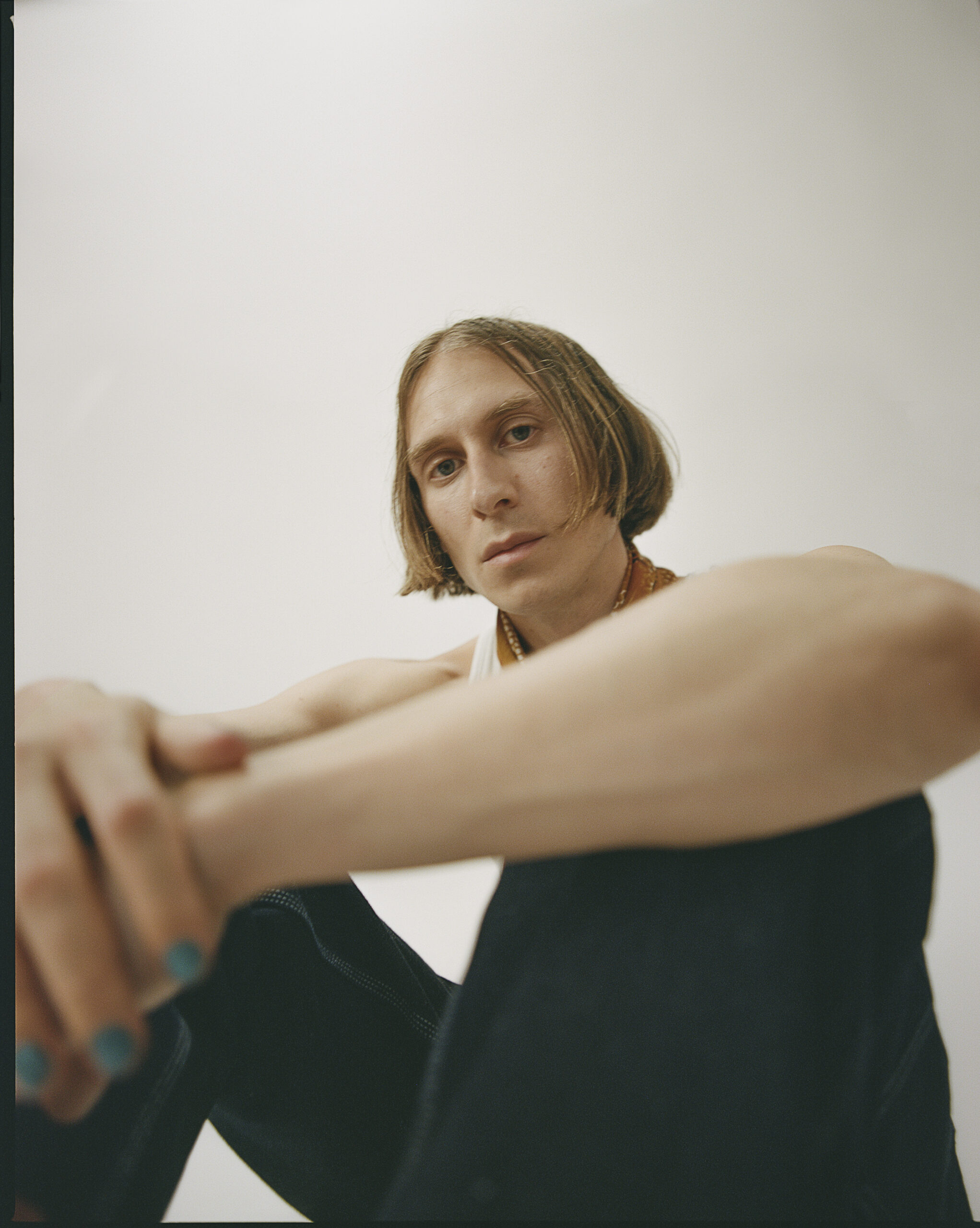
You first started as a DJ quite a while ago – I’ve read that you began with playing semi-illegal raves. What are some of the changes you’ve noticed in the music scene over the last decade?
Yeah, I started off as a DJ in NYC before I began producing music. The semi-illegal raves were held in what have since become either residential buildings in areas becoming more gentrified and commodified or have turned into actual venue spaces. In a way I miss those times as they’re still fairly recent (circa 2016-17), but the fact that so many venues have now opened and are thriving just goes to show how dance music (and more specifically underground dance music) is being embraced at the moment here in New York City, and in the United States in general.
The opportunities and the momentum of the underground scene right now is definitely exciting. How do you think all these changes have been reflected in the crowd?
Coming out of Covid, with some clubs closing and others re-opening, you notice some differences. First and foremost, you have a new generation of club-goers that are experiencing everything for the first time. So of course, things are going to be different crowd-wise, but it’s a beautiful thing to see this new excitement and interest and how it now co-exists with what came before it.
Coming back to your sound, I love that you include your own vocals in your tracks. What inspires you to use your own voice?
Sometimes it’s just a thought or feeling that pops into my head while taking a shower or something of the sort. If I’m able to, I’ll jot down a couple of phrases in my Notes app and then circle back later to flesh it out some. Usually I’ll have written the music first and then I’ll try to work in lyrics that fit the sort of mood of the track and find the right flow that makes everything cohesive.
Your music is also known for drawing cues from different genres like RnB and Hip Hop. What are some of your main points of inspiration?
Yeah, I grew up listening to 90s hip-hop and R&B so there will always be an affinity and subconscious influence from this era and these specific genres. A lot of the instrumentals from this period are so soulful and hit me quite deeply in an emotional sense, no matter whether they’re sample-based or recorded by studio musicians. The musicality of it all is just so beautiful – even just the art of finding the sample that ‘hits’ from an obscure instrumental from years past. And where do I even begin when talking about the incredible artists and voices from that time…
You’ve collaborated with many exciting voices on the scene, like Park Hye Jin. Who was your most memorable collaboration?
I can’t really say at the moment and need to remain tight-lipped because those are forthcoming..
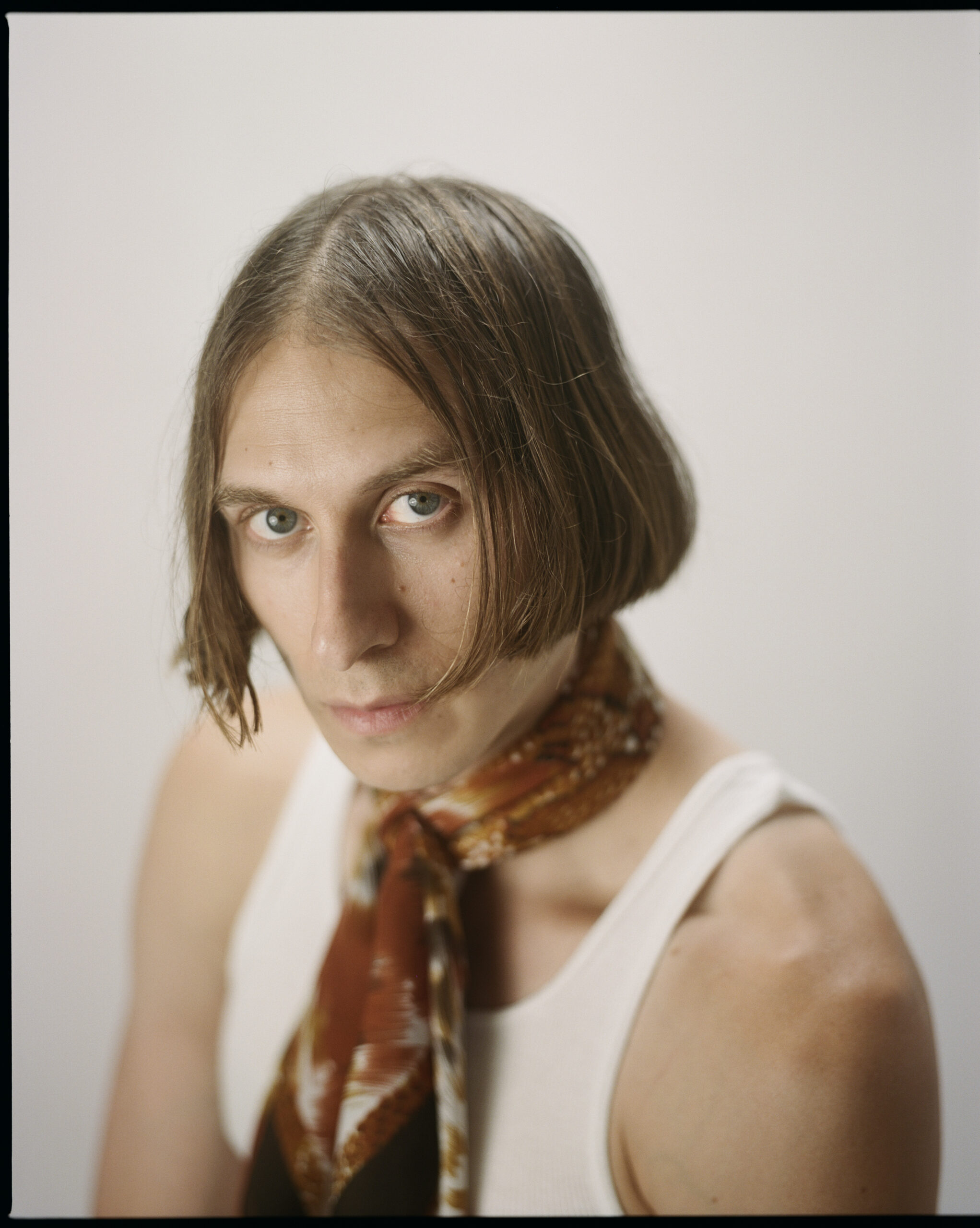
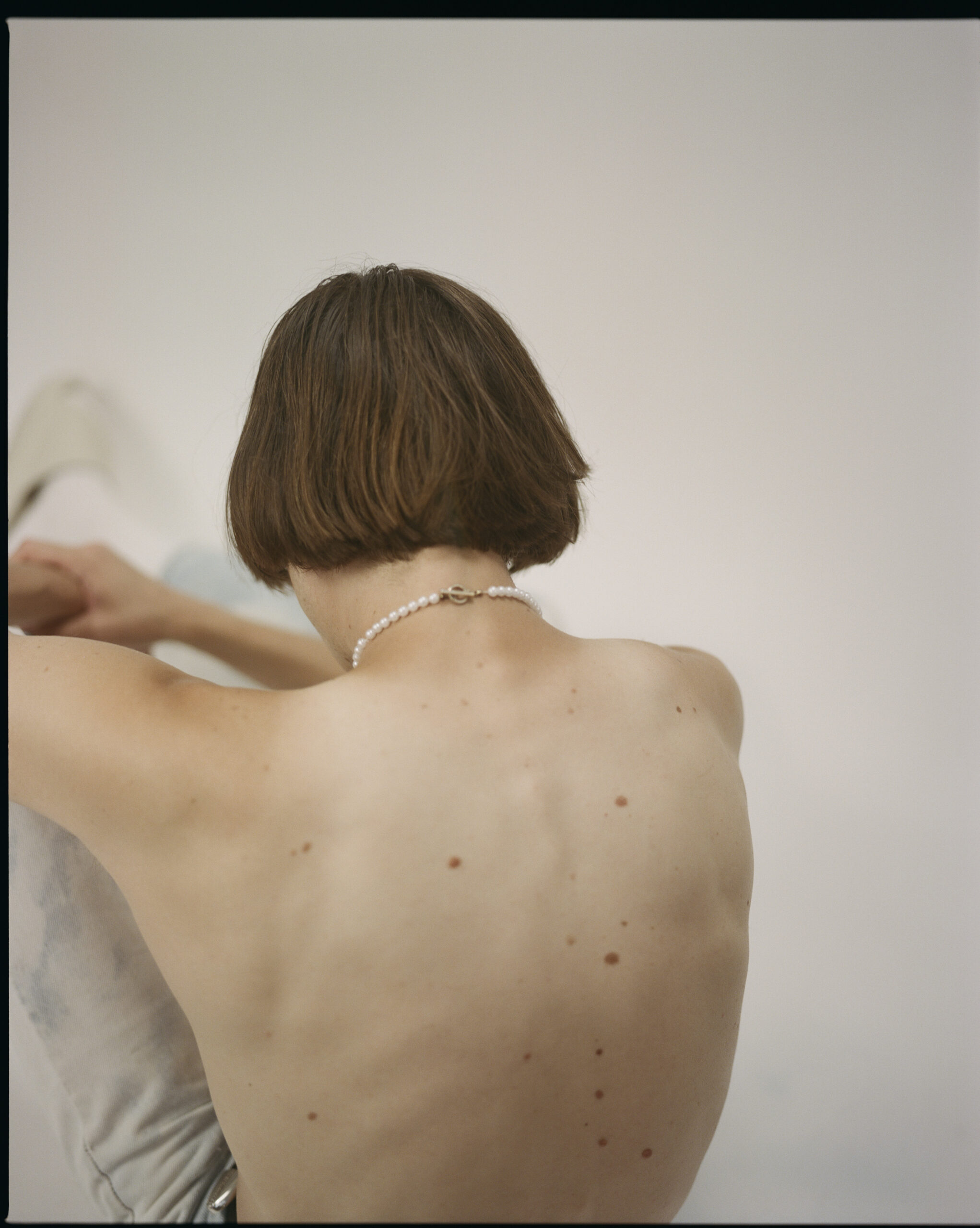
Let’s talk about playing live. You’ve been DJing pretty much everywhere around the world, from all over the US to Eastern Europe. What was your most special set and why?
That’s a reallyyyyy tough question, and it wouldn’t be fair to pick a favourite, but I just played a really incredible DIY rave in Puerto Rico in December put on by y2k Obsession so for the sake of recency-bias let’s say that one
A track that calms you down?
Slowdive – Sugar for the Pill.
Favourite spot in New York?
For food, I love Takahachi in the East Village. Jack, the head chef, prepares the best sushi. And for drinks, Reception Bar in the Lower East Side. Katie, the owner, and the rest of her staff are the sweetest and the Soju-based cocktails are incredible.
Guilty pleasure?
Paris Hilton – Stars Are Blind.
What’s on the horizon for Baltra in 2023?
More original music, more shows, more remixes, more collaborations, and possibly a full-length album (time permitting).
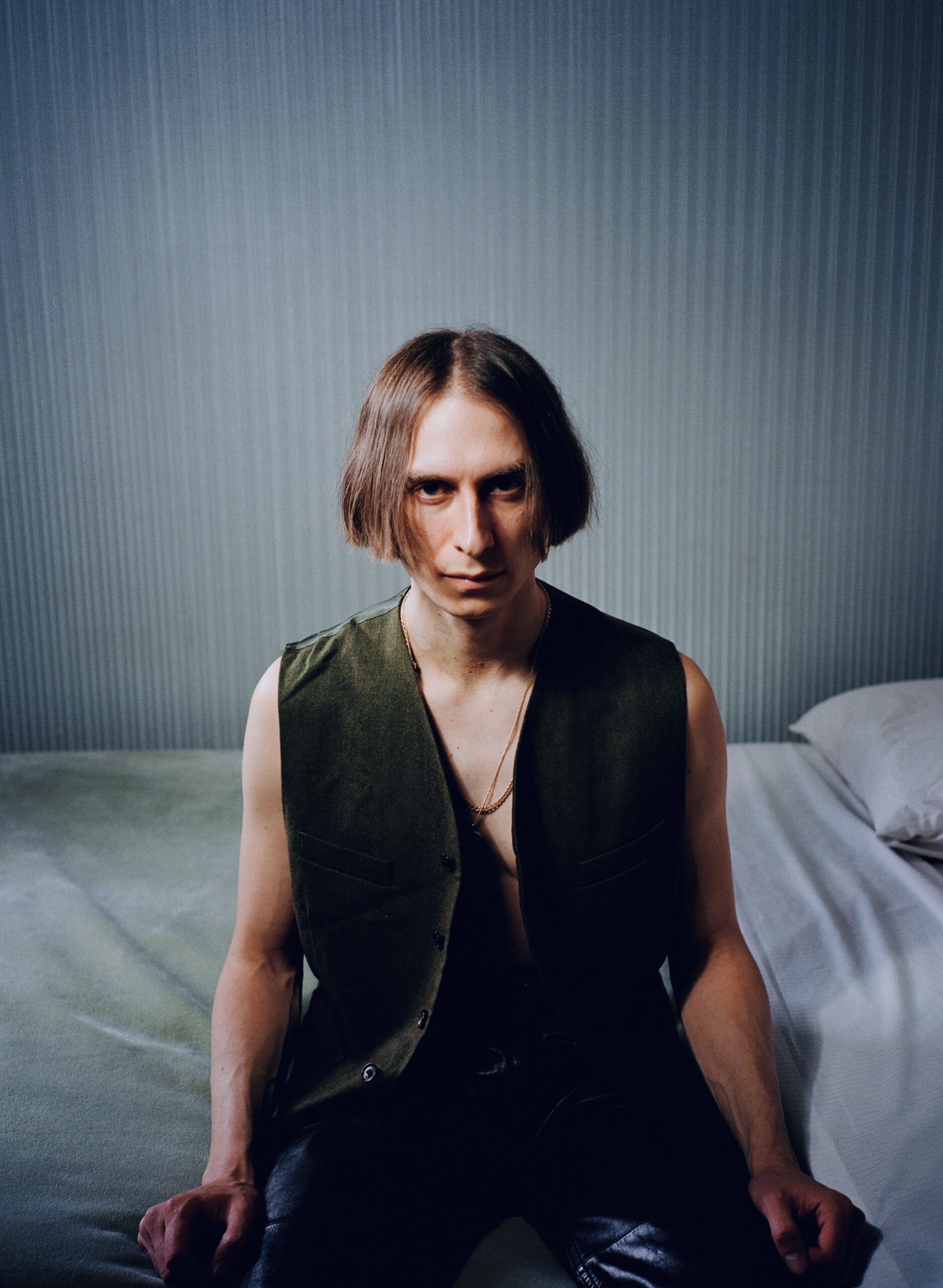
Images courtesy of Baltra
Words by Evita Shrestha
Notifications